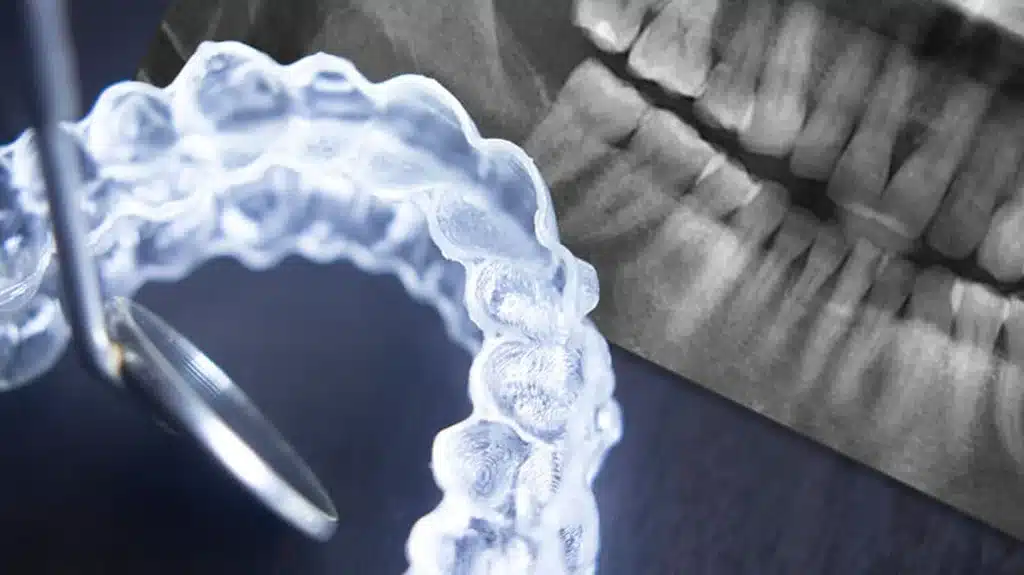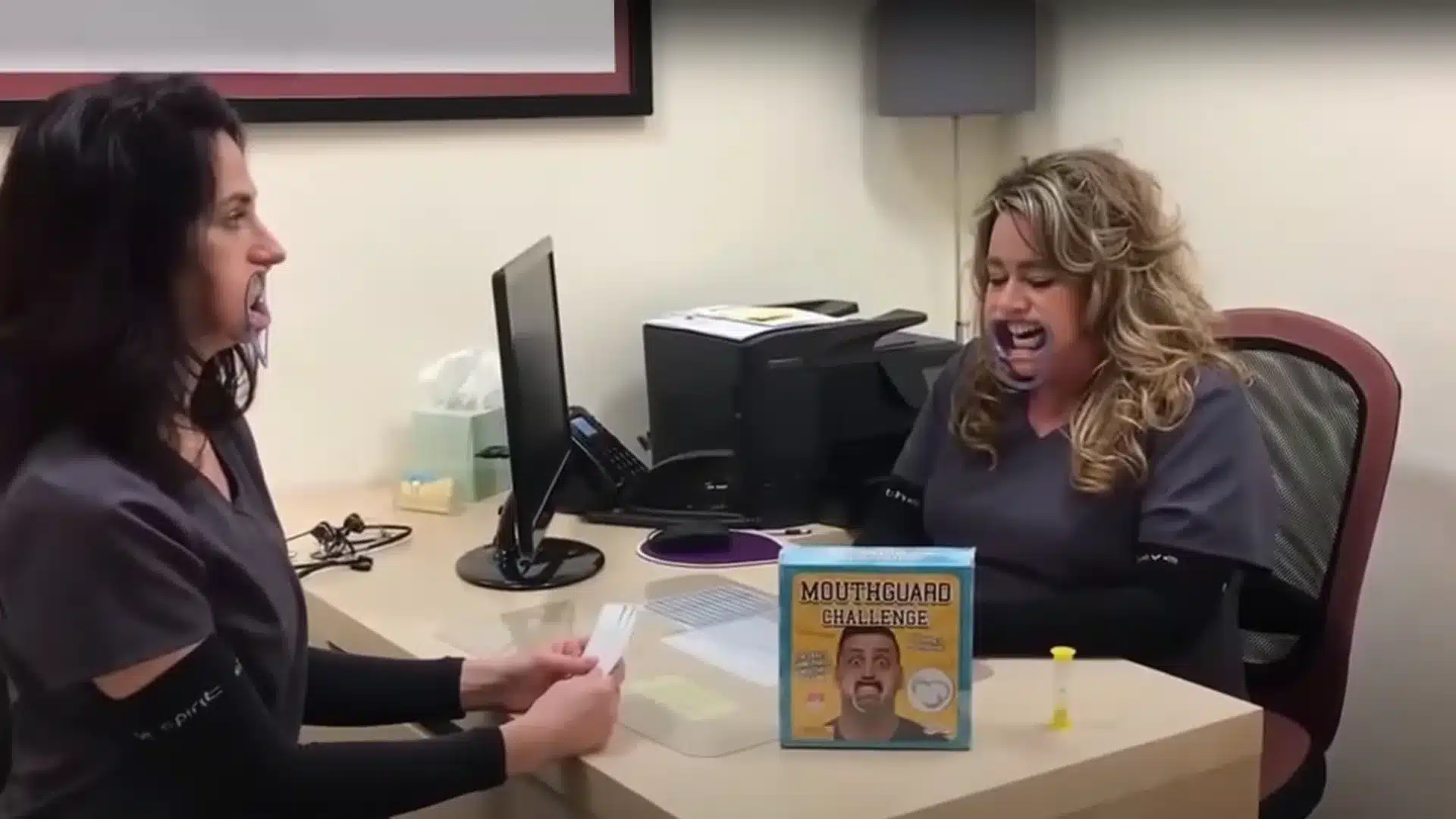Hello Tooth Fans!
I have been receiving an increased amount of questions from patients, friends, and family about dental services being advertised direct to consumers. In fact, because Facebook knows I talk about teeth a lot, and seems to be REALLY good at marketing stuff to me that I enjoy (geeky items in particular), they have been barraging me with ads from multiple companies claiming to be able to straighten my smile for a fraction of the cost of traditional dentistry with at-home aligners.
Sound too good to be true? Maybe it is.
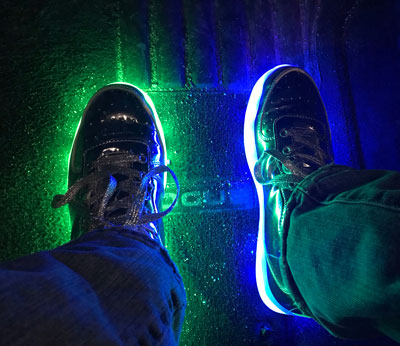
I get it – people want straighter teeth. Whiter and straighter (which is probably why they’ve started tossing an at-home whitener into the mix). And I get the savvy shopper angle. I’m a bargain shopper, too. I didn’t grow up with tons of money and I still have some pretty sizable student loan debt, so when I make purchases with discretionary income I want to get the biggest bang for my buck.
I recently bought these really cool shoes from Wish.com, you know you’ve seen it, the web site that advertises all those products for unbelievably cheap prices. Naturally it makes me think, “ok, well, what’s wrong with it?”
So I bought the light up shoes for $10. My rationality was that at least if it didn’t work out so well, I’d only be out $10. But I’m not ready to make that sort of gamble with my healthcare.
And on that note, today I’d like to weigh in on at-home dental aligners and why they may not save you money in the long run.
What are Clear Aligners?

Clear Aligner technology has been in use to straighten/align teeth in the United States since 1999. Invisalign was the first company to offer such services and originally marketed only to orthodontists.
Over the years many other clear aligner companies have been developed, each with their own plastics and techniques (think Coke vs. Pepsi, although that grossly oversimplifies it). The aligner system we use in our office is Clear Correct, which was founded in 2006.
This new way of correcting the alignment of your dentition offered many advantages over traditional braces, such as:
- Aesthetics — wearing clear aligners makes your orthodontic treatment less obvious to the outside world, given the lack of metal wires and brackets
- Hygiene — It is FAR easier to clean your teeth with clear aligners because you can remove them to brush and floss. You don’t eat or drink anything other than water with them in, so they don’t get as much plaque and food debris built up, and you no longer need to worry about floss threaders to floss in between the wire or accidentally popping off your brackets
- Freedom to eat what you’d like – There are no restrictions on eating sticky things or popcorn because you remove the aligners when you eat and clean your teeth right after so your favorite foods are still available to you.
- Fewer Office Visits – If you’re less likely to pop off brackets then you need to visit your dental provider less often. You can also change your aligners at home in between office visits when things are tracking properly.
- Less Collateral Damage to Your Tissues – Without the possibility of wires coming loose and with no sharp brackets to abrade your lips, your lips, cheeks, and gums are kept intact during your orthodontic treatment.
How Do Clear Aligners Work?

It’s all about physics. Remember the vector forces you hated learning about in high school? That is the realm of orthodontics.
Long story short, by placing targeted forces (pressure) on teeth over time, we can take advantage of your body’s natural process of bone turnover to move the roots of your teeth.
You have bone cells called osteoclasts in your jaw which are periodically removing bone, while other bone cells called osteoblasts lay down new bone.
(Random fact: I presented research on osteoblasts at the International Association of Dental Research Conference in Baltimore in 2005 . . .
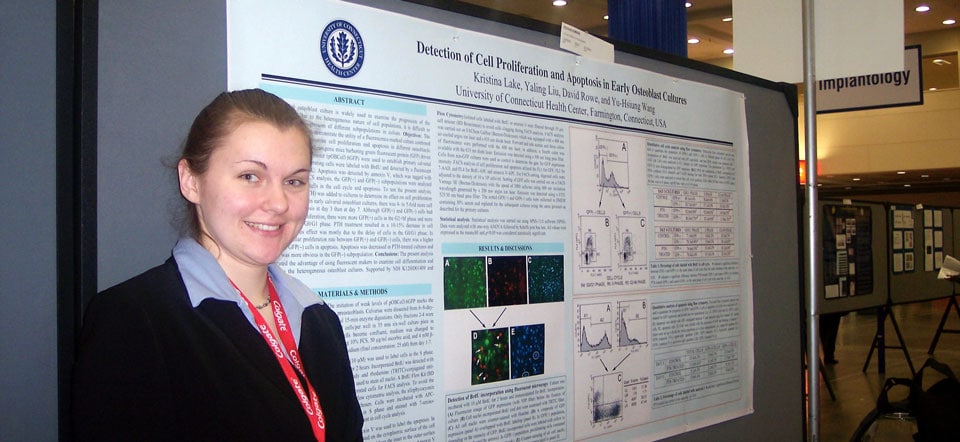
. . . Shameless plug, but I forgot that even happened until just now and thought you’d find it cool.) It’s this bone turnover and steady pressure over time that allows the teeth to move into the configuration we’re aiming for.
Our Dental Office Aligner Process
We take a digital scan (or an impression) of your upper and lower arches, and we also record the way your bite comes together. We take into consideration the teeth we want to move, but also the teeth we DON’T want to move, like those with complex dental work like implants or bridges.
We assess your bone levels through both your radiographs (x-rays) and your periodontal probings (the measurements we take when we poke at your gums once a year) and we insure that all the teeth we are moving are healthy with no detectable evidence of tooth decay or extensive periodontal disease. We take photographs of you from multiple angles to record your existing facial structure and the your dentition.
We send this information to the technicians we work with at Clear Correct in the form of a prescription and work together to determine how best to accomplish your goals. We need to make room for teeth to move, which can be done in extreme cases by extracting one or more teeth, but in most cases will involve interproximal reduction, or “stripping” of the enamel between teeth. Don’t worry – it’s a very small amount, often 0.3 mm which is 0.15 mm on each tooth.
We also plan where to place “engagers” or “buttons” on your teeth when they are needed. These are tooth colored pieces of composite filling material we will adhere to certain teeth if the aligners will need more to grasp onto in order to apply forces in the proper direction to accomplish movement.
The trays are manufactured at the Clear Correct facility and sent to our office, where we deliver the first set to you, perform any IPR or engager attachment as necessary, and then instruct you to change them at the appropriate time we’ve determined, depending on how fast/slow we want to move your teeth.
We’ll make an appointment with you for the following set of aligners so we can monitor how things are moving, monitor your bite, make sure you’re tracking properly, and perform any additional steps we may need until your next visit.
If you have any questions or problems or concerns, we’re just a phone call away and we’re very familiar with you and your case.
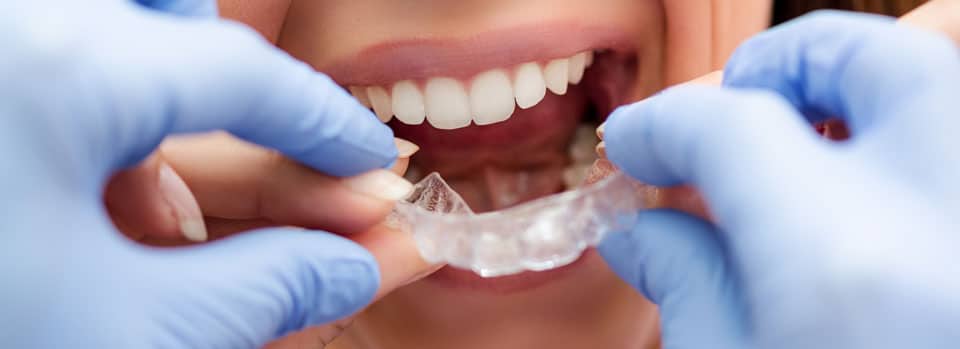
The At-Home Aligner Process
I cannot speak from personal experience, but here’s what I have learned about the at-home systems: You are sent a welcome kit with an informed consent to sign and materials to take your own impressions, twice for top and twice for bottom according to some of the YouTube videos I’ve watched. You’ll also need to take your own pictures, though I think they give you a smile separator (like the ones in the mouthful games) to help you get photos of your teeth.
You follow the instructions carefully to make putty impressions of your own teeth. You send those back to the company where there is a technician (maybe a dentist or an orthodontist?) who reviews this information and devises a series of trays for you to wear at home and a schedule for when to change them. And, according to some of those same videos I watched with people reviewing their at-home aligners, the company doesn’t always take your first attempt at impressions, so you may have to buy a new impression kit and try again. Taking impressions isn’t easy and it’s good they want to be sure they’re using good impressions.
The Difference
What I know to be the most significant, and what I find troubling, differences:
- At no point does this orthodontist or technician ever get to see your x-rays. They don’t know if you have bone loss because you can’t tell that without examining the patient through both x-rays and a periodontal exam. They can’t see this on a model because your root structure and your bone are UNDER your gums and are simply not visible.
- They can’t tell if you have complicated conditions such as impacted canines which will prevent movement, pre-existing complex dental conditions such as infections (which often lie quietly underneath your root structures), implants, or decay that has yet to break through the enamel. These all require x-rays to adequately assess.
- There is no option of making extra room for teeth through tooth extraction, interproximal reduction, nor can they make complex movements with engagers or buttons because you can’t do these things to yourself at home.
- As far as I am aware, there is a number you can call to speak with someone, but they can’t examine you. You can take pictures to send them of your concerns, but they do not have x-ray vision and thus do not have all the tools to make a thorough assessment of your condition. Plus, I don’t know about you, but I often feel I get far better, more customized attention when I speak with someone face to face, versus when I call an 800 number and speak with someone over the phone.
Possible Consequences of At-Home Aligner Treatment
If you’re thinking to throw caution to the wind and give at-home dental aligners a try, please consider ALL of the possible outcomes before spending the money.
Best case scenario: You have healthy teeth and gums and enough space to accomplish the movements that need to be made and you have a very satisfactory result at a fraction of the cost with no bite problem or loose tooth/teeth issues. This does happen and I will not lie to you and tell you it doesn’t. But from my personal experience, these “best case scenario” cases are far more rare than you might think.
Even in our office we see a lot of people who come to see us as new patients asking for clear aligners to straighten their teeth only to realize they have other dental health issues we need to address first in order to safely and effectively treat them with clear aligners. Some can’t be treated at all with clear aligners either due to more complex movements that require traditional braces or because of severe periodontal disease.
Moderate case scenario: You have healthy teeth and gums, but not quite enough room. In this situation, while you may get some movement, your teeth won’t shift entirely to where you want them because there’s no room for them to do so and the trays can only accomplish so much.
In this case, you’ve paid the “discounted” fee for the clear aligners, but to get further treatment you’ll need to pay even more money to have them corrected in person with a dentist who can apply engagers or perform IPR. So your health is not affected, but your wallet is now worse off than it would have been if you saw a dentist in the first place.
Worst case scenario: There were health conditions that weren’t addressed prior to the clear aligner therapy and the aligners have exacerbated these conditions. The worst example is a patient who would have been advised AGAINST orthodontics altogether in the first place by their dentist or orthodontist due to their extreme bone loss.
Remember how I mentioned that there was activation of the osteoclasts to remove bone in order to shift teeth? If the bone loss is bad enough and we do this through orthodontic therapy, it makes the condition worse and teeth can be lost due to extreme mobility and will need to be replaced by either implants or dentures.
You started with crooked teeth, but your dentist would have advised periodontal therapy in order to keep them as long as possible. Now you’ve spent the money on the at-home treatment, and need to shell out even more to replace them. You were expecting straighter teeth but instead got a denture. It’s sad, but it happens.
I’m not trying to call out specific companies for poor practices. In my heart of hearts, I truly hope that their business plans are designed to really try to help consumers save money and they’re marketing to a specific niche that would not otherwise be able to afford treatment. But if you were my friend or family member, I would steer you away from such services because I don’t believe it is in most people’s best interest.
Just be informed and be aware that product promises are not always delivered. Be prepared for your results, whatever they may be.
As for my light up shoes? Well, I’ve worn them 3 times and the lights on my right shoe go on and off now sometimes. I’m going to save them for special, fun occasions, and when a company like Sketchers makes grown-up ones I’ll probably buy a nicer pair from them. Easily replaceable, and worth the money already for the few times I’ve worn them to get fun reactions from both kids and adults. A solid $10 investment.
As for healthcare services, I’m willing to pay for quality, professional services (like the $4500 I shelled out to Diamond Vision for my laser eye surgery in college instead of having it done cheaper in Mexico. Thank you, Care Credit!). I can always buy more shoes. I can’t regain my eyesight if I had a botched surgery.
You can make more money, scrimp and save up the money, or consider a loan if you need to – but you can’t grow a new set of teeth. Just something to think about. 🙂
Love & Honest Opinions,

Kristie Lake, DMD
- July 12, 2019 News Update: ADA Contacts Federal Agencies About Plastic Teeth Aligners
- October 09, 2019 News Update: ADA Sets Record Straight on Status of Petition to FDA Regarding SmileDirectClub


